December 4: Mary Boleyn
Today’s Advent Calendar treat is from Amanda Harvey Purse, author of the forthcoming The Boleyns: From the Tudors to the Windsors, and is about that famous Boleyn, Mary Boleyn.
STOP PRESS
I will be sharing some exciting news about an Anne Boleyn-themed event taking place in early 2022 with my Anne Boleyn Files mailing list the week beginning 13th December, so please do make sure you’ve signed up - https://www.theanneboleynfiles.com/free-report/ - you get lots of Anne Boleyn treats too as a thank you. If you have any problems signing up, contact me at claire@theanneboleynfiles.com and I’ll be happy to help.
A ‘not so’ quiet Boleyn perhaps? Mary Boleyn’s Letters By Amanda Harvey Purse
How would we instantly describe Mary Boleyn?
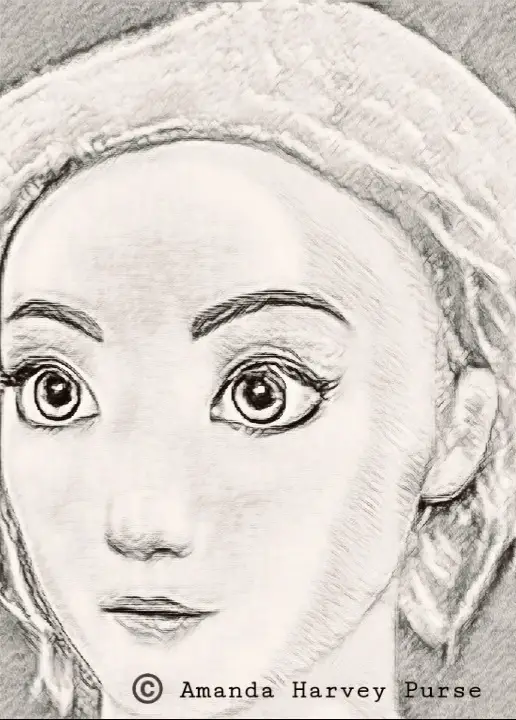
Artist impression of Mary Boleyn
Would we state that she was Anne Boleyn’s sister? Anne Boleyn being a past Queen Consort of England? Or would we state the Mary Boleyn was the king’s mistress, no matter how long we personally believe their relationship lasted for?
Isn’t interesting that these two, some would say, quite natural ‘descriptions’ of Mary don’t actually describe Mary herself? That being a sister or a mistress were just titles of Mary rather than the character of her, but what can we do to seek her character instead?
In a world where we can look at historical figures in a different way to what was perhaps known before, should we take this opportunity to look at Mary Boleyn? Is this Mary’s chance to have her moment? Is Mary ultimately more than the titles we know her to have?
‘Sadly, only two of Mary’s letters survive for us to read, which does not give us much of an idea to know what level of education she actually had – Spanish Calendar: Calendar of Letters, Despatches and State Papers, relating to Negotiations between England and Spain at the Archives of Simancas. Published by Great Britain Public Record Office, London 1862.
However, we can tell from these two letters when comparing them to the vaster array of letters from her sister, that Mary seems less elegant in her writing skills, her words do not flow easily, she does not tend to use big, fancy words and her handwriting itself seems to be less fluid’ – The Boleyns: From the Tudors to the Windsors by Amanda Harvey Purse published by Amberley Publishing, released in the October of 2022.
Could this suggest something in Mary’s character? That perhaps she didn’t enjoy her education as much as her sister may have done? It is a possibility; however, we must also state that these letters are compared with her sister’s, who may have indeed been a little more exceptional in these matters that what may have been normal for time. Also having less material to our disposal, we have less scope to suggest this idea. So perhaps we could store this question in the backs of our minds as we try to find more information.
‘Mary did seem to like her reading however, it was in one of her letters that Mary explains that she has been reading ‘old books’ on Kings and Queens’ – The Boleyns: From the Tudors to the Windsors
This is in itself, an interesting concept as Mary and her relatives would become apart of the ‘Kings and Queens’ story themselves, but how does this help us to describe Mary? Mary had chosen to read the old books and that she had thought enough of her action to mention it within a letter. Does this sound like a person who was not possibly as bright as her sister?
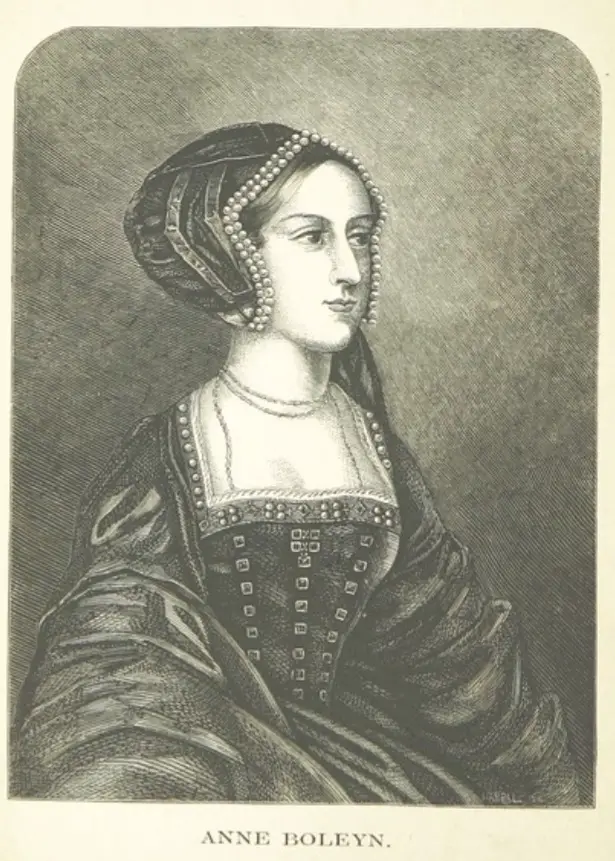
Or…
Does this show a creative and curious mind at work with Mary Boleyn? Could this then suggest that Mary may have seemed not ‘as bright’ in the same way as her sister at this period of time but perhaps Mary’s ‘brightness’ came in other forms? Perhaps we could even suggest that Mary’s ‘intelligence’ may not have been as noticeable as other noticeable people within her family, but if we were to look at her again, it was always there. It is a suggestion nevertheless we can think about as we carry on discovering Mary.
The second letter we have of Mary Boleyn’s to bring into this discussion was one written by Mary later on in her life. This was when it was known that Mary had married for the second time but without her family’s permission. This was at the point where Mary had seemed to have lost everything.
‘It may be that Mary and her new husband were also banished from Mary’s childhood home at Hever Castle too at this point, as now with a new husband Mary was not the responsibility of her father anymore, so it is very possible that Mary went to live with her father-in-law, while she put a case together to fight for her cause to get some money back in her purse. We know she fought for her rights as she writes to Thomas Cromwell and although the letter is not dated, it could be suggested going on what is written within it, that it was written in the latter part of 1534’. – The Boleyns: From the Tudors to the Windsors by Amanda Harvey Purse
Is Mary’s action of writing this letter the true nature of Mary Boleyn showing itself here for us to, see? Does this suggest that at this point of losing everything that Mary was ultimately a Boleyn and so being, a fighter? It is an interesting concept to think about as we read Mary Boleyn’s own words.
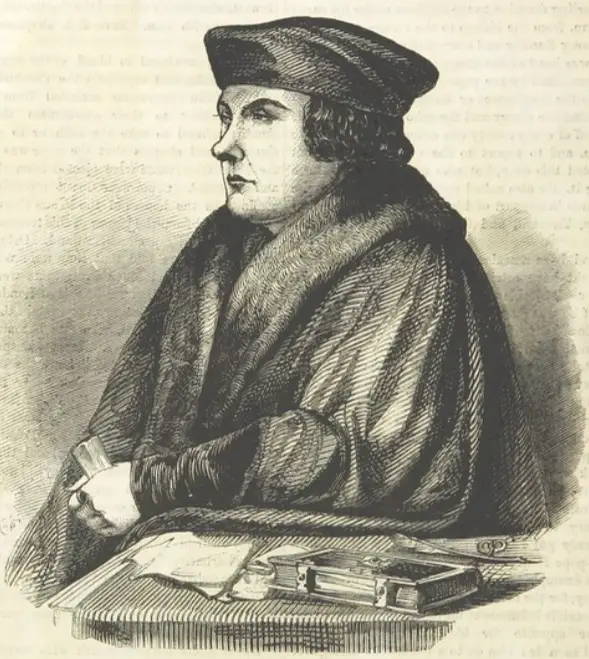
Mary writes:
‘Master Secretary, after my poor recommendations, which is smally to be regarded of me that am a poor banished creature, this shall be to desire you to be good to my poor husband and me. I am sure that it is not unknown to you the high displease that both he and I have, both of the King’s Highness and the Queen’s Grace, by reason of our marriage without the knowledge, wherein we both do yield ourselves faulty and acknowledge that we did not well to be so hasty nor so bold without their knowledge. But one thing, Master Secretary, consider; that he was young and love overcame reason: and for my part I saw so much honesty in him that I loved him as well as he did me; was in bondage and glad I was to be at liberty’. – Letters and Papers, Foreign and Domestic of Henry VIII ed. JS Brewer, His Majesty’s Stationary Office, London 1920.
So, what can this tell us, if anything, about Mary Boleyn? Does this letter, as a lone document help us to think differently about Mary than we might have thought before?
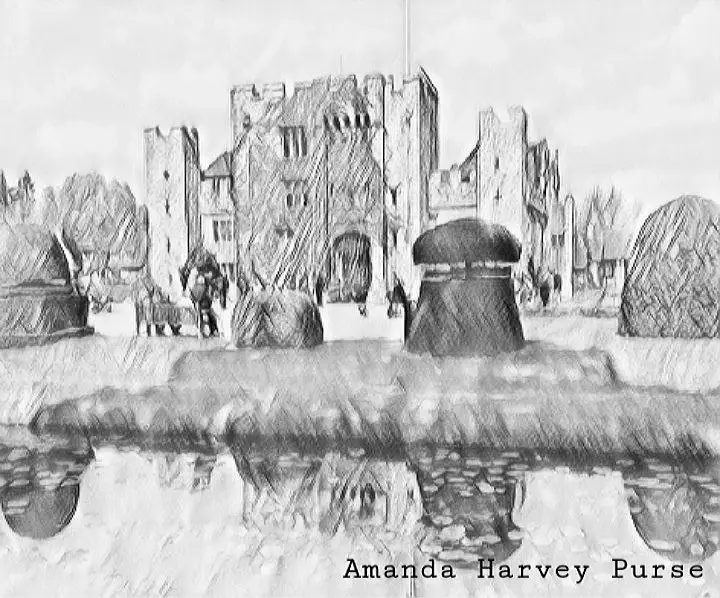
‘Mary, it has been suggested, was a stark contrast to her more famous sister. However, is this a true description of Mary Boleyn? She was a Boleyn after all and here we might just see a glimpse of the Boleyns’ forceful nature at work. Mary had lost almost everything at this point because she had chosen to go after what she wanted rather than what her family wanted for her, could we suggest that Anne Boleyn did the same at the start of her relationship with the King of England? Mary had displeased her father, a very powerful man within court at the time and displeased her sister, which in truth Mary may have not cared about if it wasn’t for the fact that her sister was now the Queen of England. Mary had lost her standing in court, had lost her money and her home. Yet, does Mary give up? No, she tried to gain favour for her new husband at every turn, she may not have had the intelligence her sister was claimed to have had, but she did know what to say and how to say it to make her case’.
Does this help us to picture Mary as possibly not the first person we might have noticed within the Tudor court, however would we be wrong to dismiss her so easily by doing that? Is this yet another example of we should never dismiss ‘the quiet one’ as they may ultimately surprise us?
The point of this article wasn’t to disprove all that we thought we knew of Mary Boleyn as you may or may not think anything different of her that what you thought before reading this, but it was to suggest that maybe, just maybe all might not be what it first seemed if we look a little deeper at the information to hand. Those facts, as we might thought they were, might not be, that maybe Mary Boleyn was not who we might have thought her to be, she might not be just ‘the weak link’ that fades behind more glowing stars of the Boleyn family and that with this thought, it can open a lively, if friendly discussion about her because does that ultimately keep history alive in the long run?
By Amanda Harvey Purse
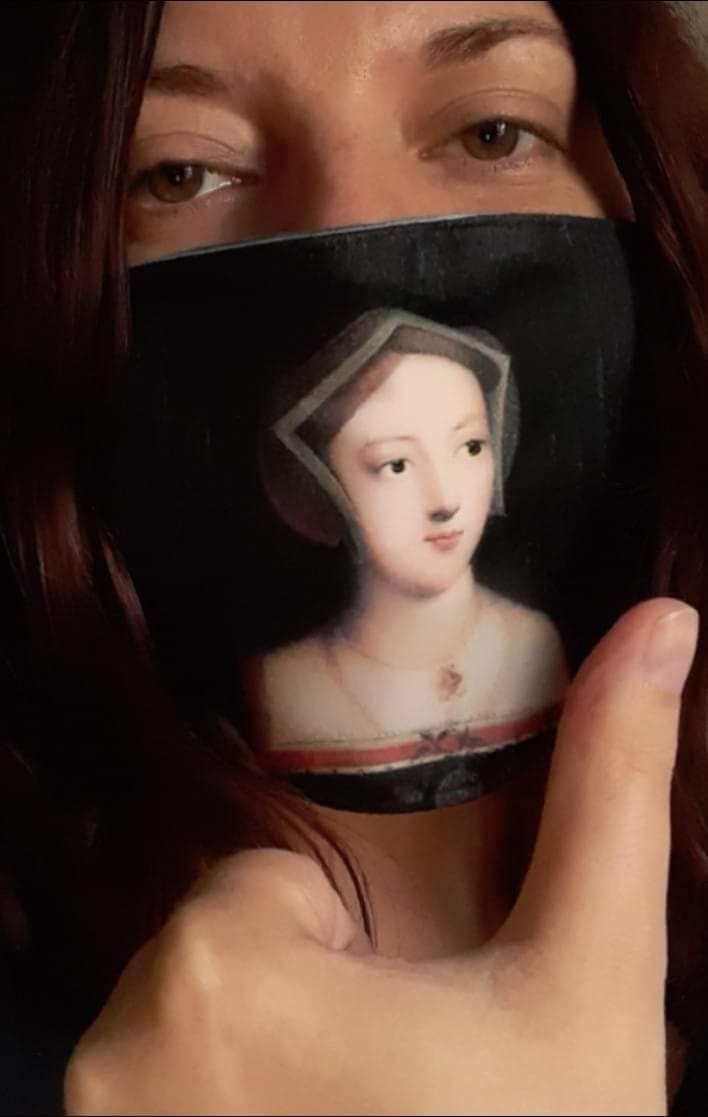
Being a member of the Royal Historical Society for a few years now, Amanda has written academic papers for universities and special events including the Hampton Court Palace Field of the Cloth of Gold event. She has written articles for many magazines, websites and societies, including: The Anne Boleyn Files, The Whitechapel Society Journal, The True Crime Dagger Magazine, The Charles Dickens Society, Books Reviews and More website, Rotten Ramsgate website and Tudor Secrets and Myths Facebook page.
Amanda has been a historical researcher for museums, books and television programmes on a range of subjects of time periods while writing historical books, the titles of which include: Martha, the life and times of Martha Tabram, a suggested victim of Jack the Ripper. Jack and Old Jewry: The City of London Policemen who Hunted the Ripper, published by Mango Books the award-winning, Inspector Reid: The Real Ripper Street and The Cutbush Connections: In Blood, In Flowers and in the Ripper case, the life, case and family of Superintendent Charles Henry Cutbush. She is the author of The Boleyns: From the Tudors to the Windsors, published by Amberley Publishing due out in October 2022 and available for pre-order now. She is currently working on a number of historical projects, including another book with Amberley Publishing.